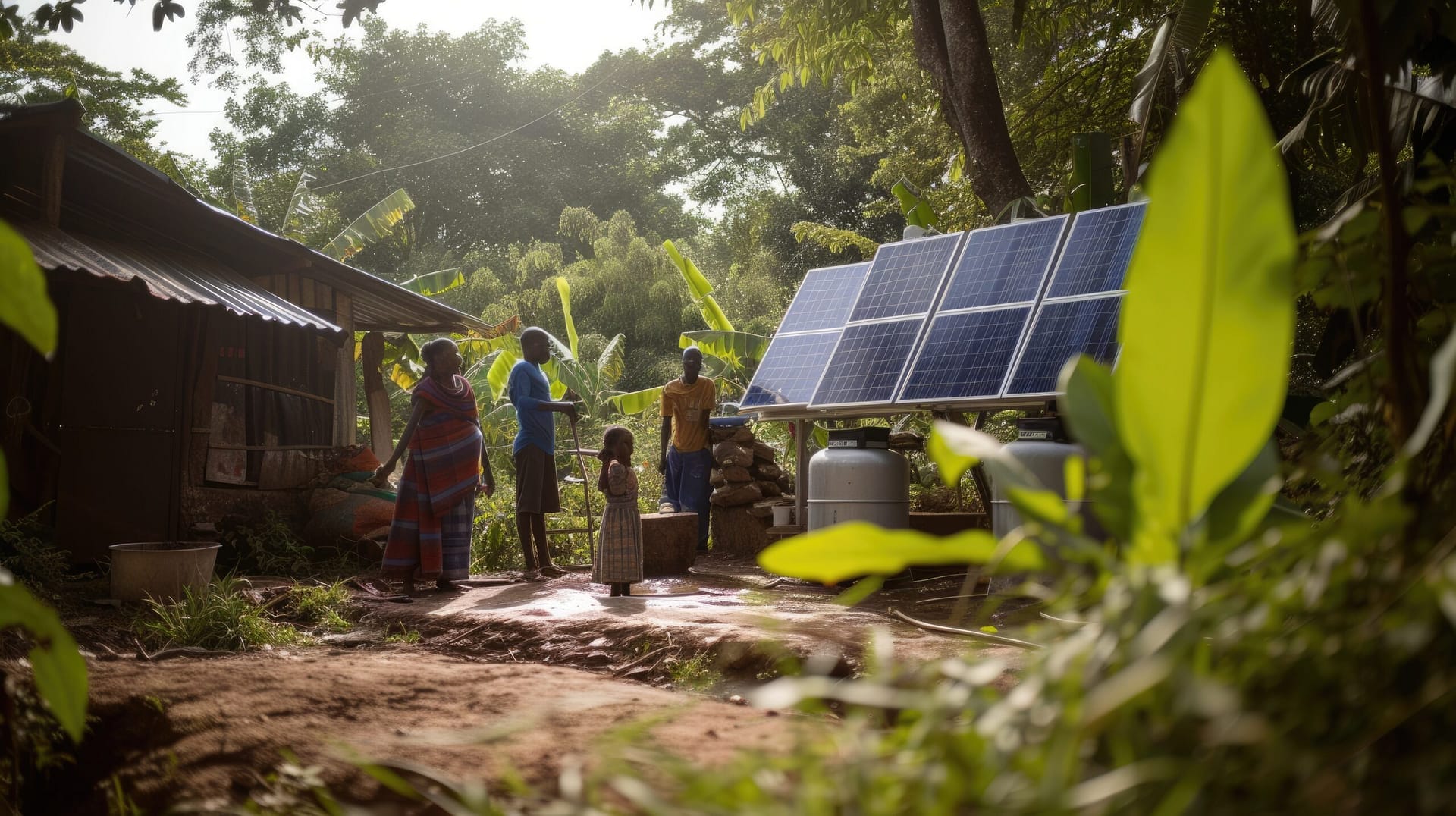The energy transition is a crucial step in the global effort to combat climate change, reduce greenhouse gas emissions, and shift from fossil fuel dependence to renewable energy. Indonesia, as the fourth most populous country in the world and the largest economy in Southeast Asia, holds significant potential for renewable energy development, particularly solar energy, due to its strategic geographic location near the equator. One of Indonesia’s initiatives in implementing the energy transition is the Cirata Solar Power Plant (PLTS) project located in West Java. This project has a capacity of 145 MWp and is one of the largest solar power plants in Indonesia. While the project showcases Indonesia’s commitment to the energy transition, current policies still show substantial gaps in supporting the sustainable development of renewable energy in the country.
Indonesia has great potential to develop renewable energy, especially solar power. With an average solar irradiation of around 4.8 kWh/m² per day, the country should be able to utilize solar energy optimally. However, despite this potential, the contribution of renewable energy to Indonesia’s national energy mix remains limited. As of 2023, renewable energy only accounted for around 11% of total energy consumption—far from the target set in the National Energy General Plan (RUEN), which aims for 23% renewable energy by 2025. One of the main reasons for the slow energy transition is the heavy reliance on fossil fuels, especially coal and oil, which still receive large government subsidies. These subsidies hinder the growth of the renewable energy sector by making fossil energy cheaper than renewable energy, thus reducing the competitiveness of clean energy sources.
In this context, the Cirata PLTS project serves as an important example of Indonesia’s efforts to initiate and accelerate the energy transition. The project, conducted in collaboration with global renewable energy companies, aims to provide clean electricity that can reduce dependence on coal-based power plants. Cirata PLTS also illustrates Indonesia’s potential to become a leader in renewable energy development in Southeast Asia, especially in solar power. However, despite its successful implementation, there remain numerous policy challenges that must be addressed to ensure a faster and more effective energy transition.
One of the major challenges is the ongoing fossil fuel subsidy policy. Subsidies provided for fossil fuels—such as petroleum and coal-fired electricity—create an uneven playing field between renewable and fossil energy. Therefore, current policies need to focus on gradually phasing out fossil fuel subsidies and reallocating these funds to support renewable energy development. Removing subsidies will help establish a fairer market condition and provide greater incentives for investments in the renewable energy sector.
Additionally, the regulations and incentives supporting renewable energy in Indonesia remain limited. While policies like the RUEN target 23% renewable energy in the national mix by 2025, the implementation of such policies has been suboptimal. Issues such as slow bureaucracy and a lack of attractive fiscal incentives for renewable energy investors have hindered project development. As such, Indonesia needs to adopt more aggressive policies, offer better incentives to the private sector, and enhance support for infrastructure development in the renewable energy sector, including wind, solar, and biomass power generation.
In terms of infrastructure, while Indonesia has made efforts to integrate renewable energy into its national power system, the development of adequate supporting infrastructure remains a challenge. A crucial aspect is the development of smart grids and energy storage systems that can handle the intermittent supply from renewable energy sources like solar power. Without proper infrastructure, renewable energy will struggle to be fully integrated into the national grid—especially in areas still lacking adequate electricity access.
Moreover, financing for renewable energy projects remains limited, with many projects relying on foreign investors. More accessible and affordable financing is essential to accelerate the energy transition. The government can play a key role by offering tax incentives, waiving administrative fees, and providing long-term market guarantees to attract more investment in the renewable energy sector.
It is also crucial to raise public awareness about the importance of renewable energy and its positive environmental impact. More intensive outreach programs can build stronger public support for energy transition policies. This can also influence consumer behavior toward more efficient and environmentally friendly energy usage.
In conclusion, while the Cirata PLTS project has demonstrated Indonesia’s great potential in the energy transition, there are still numerous policy challenges to be addressed. Phasing out fossil fuel subsidies, developing infrastructure that supports renewable energy, and offering more aggressive fiscal incentives are necessary steps. With the right policies and stronger government support, Indonesia can accelerate its transition toward a greener and more sustainable future.

